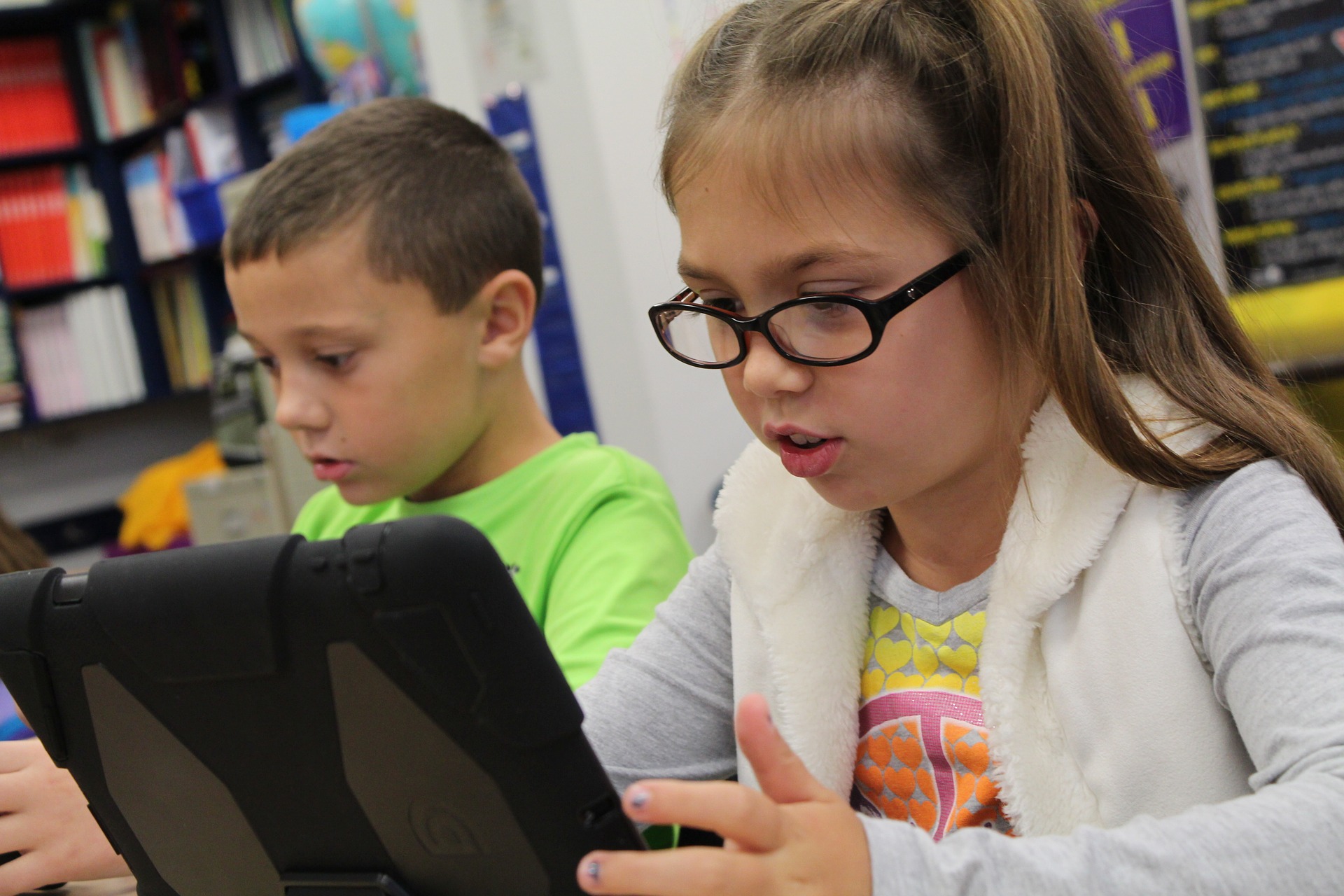Are you looking for strategies to help students who do not possess glossary and dictionary skills? If so, keep reading.
1. Give the student a dictionary. Name a word and have the student look up the word in the dictionary using the guide words at the top of each page. Time the student and see if their best time can be beaten.
2. Make sure the student has a comprehension of how to use guide words at the top of the dictionary page.
3. Make sure the student main idea words to the first, second, third, etc., letter.
4. Make sure the student understands the reasons for using a dictionary or glossary (e.g., to look up the meanings of words, to look up how to spell words, to look up the connect pronunciation of words, etc.).
5. Make sure the student understands that the glossary is located in the back of the book.
6. Make sure the student is using a dictionary that is on their reading level.
7. Make sure the student main idea.
8. Assign the student words to look up in his/her textbook glossary. Begin with easier words and add words with more complicated spellings and definitions as the student shows success.
9. Get the student to find the target word of a paragraph, sentence, story, etc., and look it up in the glossary of the book.
10. Get the student to choose words from a spelling list and write a story using those words. Then have the student make a glossary to attach to the end of the story with decoding words shown in images.
11. Get the student to compare a glossary from a textbook with a student-level thesaurus for school by building a glossary of their own vocabulary.
12. Get the student to question any directions, explanations, or instructions not grasped.
13. Get the student to review the words in a textbook glossary and determine why those particular words were selected to be in the glossary and more commonly used words were not selected.
14. Consider using AI to teach reading comprehension.
15. Consider using Alexa to teach reading skills.
16. Try using one of our many apps designed to teach literacy skills and help students with reading issues:
10 Apps That Teach Your Child to Read
7 Must-Have Apps to Make Learners Love Reading
7 Must-Have Phonics Apps and Tools
9 Reading Apps and Tools for the Elementary Classroom
The Tech Edvocate’s List of 24 Literacy Apps, Tools & Resources





